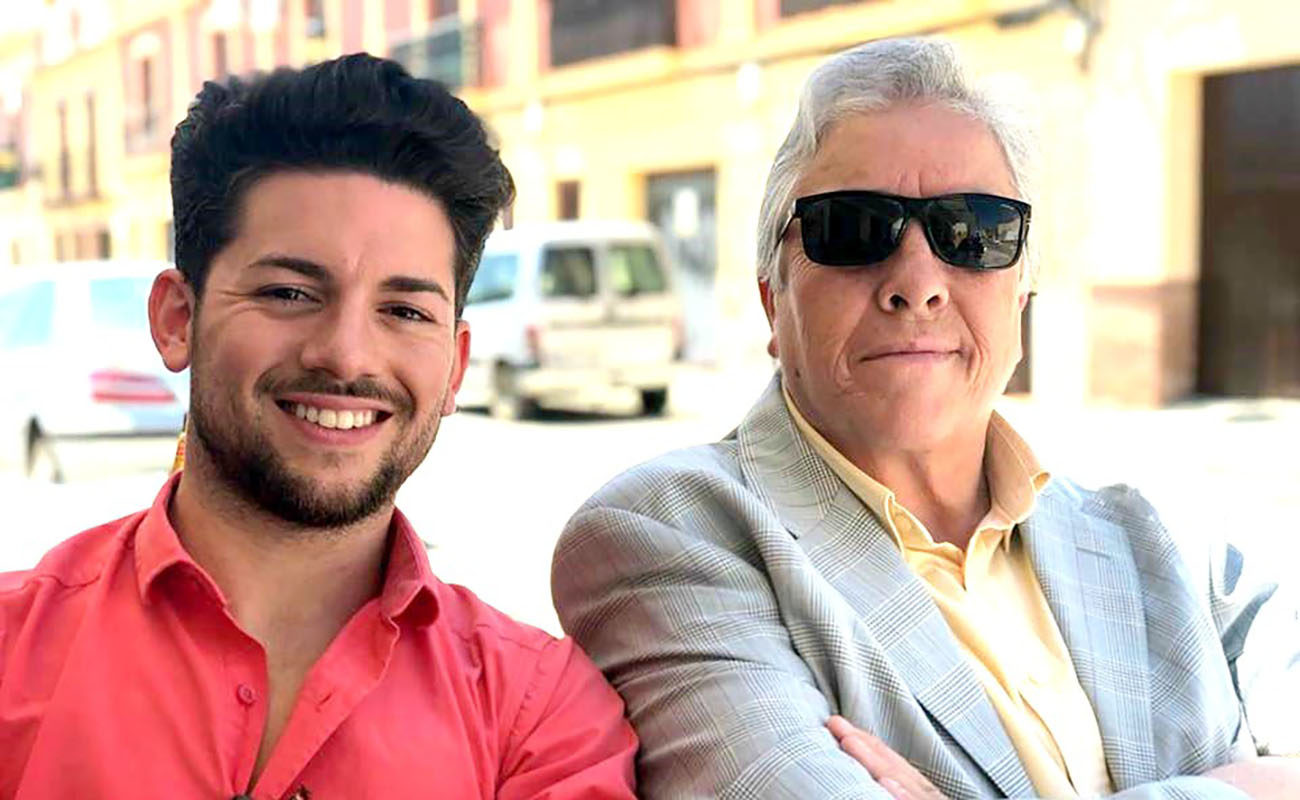Silverio Franconetti lives
All my long-term readers know about of my admiration for Silverio Franconetti, the great cantaor from Seville, who undoubtedly was the most important personality in flamenco history, for many reasons. I said “great cantaor” well aware that some people may point out that his singing was never recorded, and thus we don’t really know how he sang, of course. Yet, we never heard the

All my long-term readers know about of my admiration for Silverio Franconetti, the great cantaor from Seville, who undoubtedly was the most important personality in flamenco history, for many reasons. I said “great cantaor” well aware that some people may point out that his singing was never recorded, and thus we don’t really know how he sang, of course. Yet, we never heard the singing of El Planeta, El Fillo, Tomás el Nitri, Manuel Molina and Curro Dulce either, but a lot has been written about them, filling pages of books where we can almost smell pellizco and duende. I am sure they all had these mythical flamenco qualities, among many other qualities, just like this cantaor from Seville, because Silverio was not just any cantaor, but someone who, on top of being a good singer, worked hard to dignify this music genre so it would not die out, becoming a musical genre respected all over the world.
The fact that flamenco nowadays is indeed an art form admired in every continent is the result of the hard work of this big man whose father was from Rome and whose mother was from Alcalá. He wasn’t a Gypsy, by the way, because in those days not everyone who sang, danced or played the guitar was a Gypsy. Actually, the first flamenco professionals were Castillian, Andalusian or gachés (that is, non-Gypsies), such as José Lorente, Enrique Prado, Ramón Sartorio, José Perea and Silverio himself. This is not some flamencologist theory, but a fact that that can be easily proven.
A while ago, I was contacted by Silverio Franconetti Marín, a lad from Morón de la Frontera (Seville province), who told me he was a relative of that great artist and wanted to chat with me. Although Silverio was born in Seville on June 10, 1831, in the Alfalfa district, when his father passed away he settled in Morón de la Frontera, where his older brother Nicolás had opened a tailor shop. Well, this lad, born in Morón, is a descendant of Nicolás Franconetti Aguilar, his name is Silverio Franconetti, and his father’s name is also Silverio. The work he’s doing, gathering information about his ancestors, specially Silverio, is remarkable. He is 23 years old but it seems as if he has been a flamenco aficionado for over fifty years, considering all he knows about this art. In our days, this is a real treasure.
Silverio wants Seville to officially acknowledge, once and for all, Franconetti’s importance in the history of flamenco. The same goes for Morón de la Frontera, because we can’t forget that Silverio became a cantaor in Morón, a place renowned not just by its cante aficionados but also by its artists. It defies reason that this town has never honored Silverio in any way, considering all he represents in the history of our art. The case of Seville is for crying out loud. There is nothing in the capital of Andalusia honoring the father of flamenco, the man who did the most to unite the Gypsy and Andalusian schools, at first managing cafés and creating performing companies, and later opening his own café on Rosario Street in Seville, the Salón Silverio, which remained open until a few months before the death of this artist, in July 1889.
Silverio Franconetti Marín’s goal is to get both Morón and Seville to honor and perpetuate Silverio’s memory, so that the whole world knows who he was and what’s his place in the history of this already-universal art. This is something that I consider praiseworthy, and I’ll do anything I can to help him on this. We sometimes complain how little today’s young people care about flamenco history. Well, the young Silverio is deep into it. It’s true that Silverio was related to him, but I know for a fact that his interest in flamenco goes well beyond Franconetti.
Translated by P. Young




